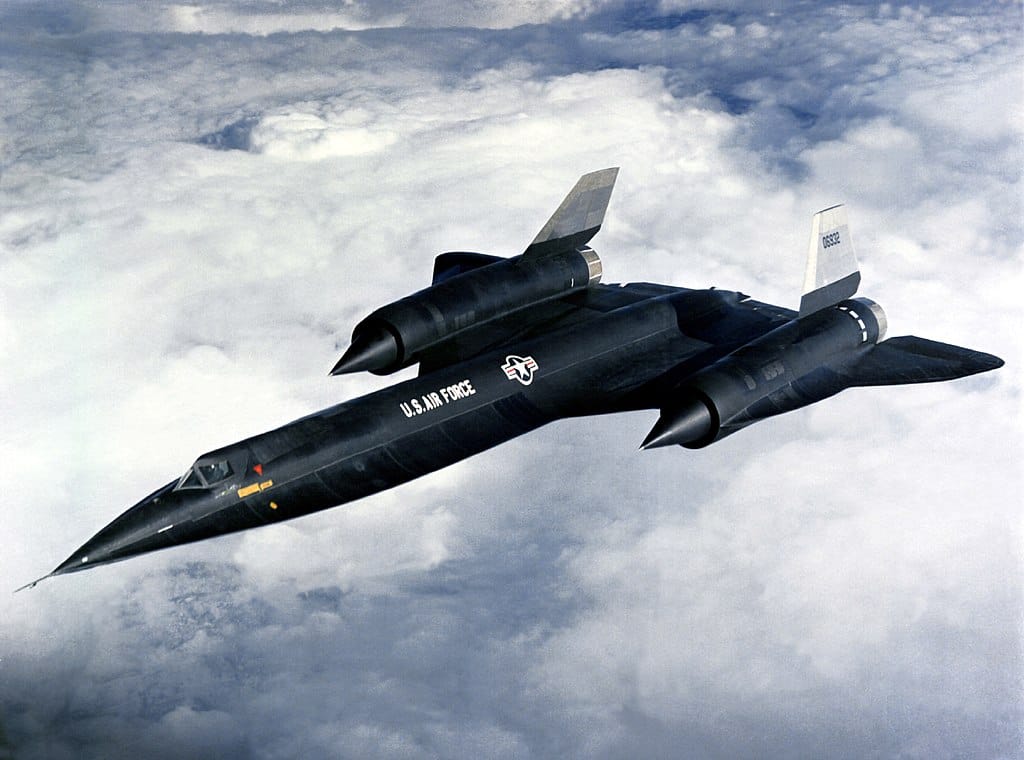titanium / menaccanite

Titanium is a chemical element with atomic number 22 and the symbol Ti. It is a lustrous, silver, transition metal with low density and high strength. It is also corrosion resistant. It is widely used in alloys for objects ranging from spacecraft to jewelry.
The element was independently discovered by Cornish minerologist William Gregor, in 1791, and German chemist Martin Klaproth, four years later. Gregor, writing in a German journal, dubbed the element and the ore in which he found it menaccanite (in German Menakanite), after Manaccan, a village and valley in Cornwall where the ore was found:
Verbunden mit den außerordentlichen Eigenschaften des Sandes, haben mich bewogen, zu glauben, daß er eine neue metallische Substanz enthalte. Um diese von andern zu unterscheiden, habe ich es gewagt, ihr einen, von der Gegend, wo sie gefunden wird (nemlich in Kirchspiele Menaccan) hergenommenen Namen zu geben, und deswegen fonnte das Metall also Menakanit gesnannt werden.
(This, together with the extraordinary properties of the sand, have led me to believe that it contains a new metallic substance. To distinguish this from others, I have ventured to give it a name taken from the place where it is found (namely in the parish of Menaccan), and therefore the metal could be called Menacanite.)
Menaccanite is still in use for the magnetic ore in which the element can be found, although as a name for the element it has been superseded by Klaproth’s name, titanium.
In 1795, Klaproth published his findings, naming the element after the titans of Greek mythology, which is in line with his early naming of uranium:
Diesem zufolge will ich den Namen für die gegenwärtige metallische Substanz, gleichergestalt wie bei dem Uranium geschehen, aus der Mythologie, und zwar von den Ursöhnen der Erde, den Titanen, entlehnen, und benenne also dieses neue Metallgeschlecht: Titanium; wovon dieses durch Sauerstoff vererzte Titanium, oder der Titankalk, die erste, vielleicht aber nicht einzige, Gattung ist.
(Accordingly, I will borrow the name for the present metallic substance, in the same way as I did with uranium, from mythology, namely from the original sons of the earth, the Titans, and thus name this new metal family: Titanium; of which this titanium ore—formed by oxygen, or titan-lime, is the first, but perhaps not the only, species.)
Unfortunately for the relatively obscure Gregor, the significance of his discovery was not immediately recognized and the more famous Klaproth’s name for the element stuck. Gregor is, however, generally recognized as having discovered it first.
Sources:
Gregor, William. “Beobachtungen und Versuche über den Menakanit, einem in Cornwall gefundenen magnetischen Sand.” Chemische Annalen Für Die Freunde Der Naturlehre, Arzneygelahrtheit, Haushaltungskunst Und Manufakturen, 1791, vol. 1, 103–119 at 118–19. Google Books.
Klaproth, Martin Heinrich. “Chemische Untersuchung des sogenannten hungarischen rothen Schörls.” In Beiträge zur chemischen Kenntniss der Mineralkörper, vol. 1. Posen: Decker, 1795, 233–244 at 244. Google Books.
Miśkowiec, Pawel. “Name Game: The Naming History of the Chemical Elements—Part 1—From Antiquity till the End of 18th Century.” Foundations of Chemistry. 1 November 2022. DOI: 10.1007/s10698-022-09448-5.
Oxford English Dictionary, third edition, January 2018, s.v. titanium, n.; September 2001, menaccanite, n.
Photo credit: US Air Force, c. 1967. Wikimedia Commons. Public domain image.